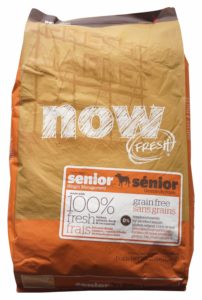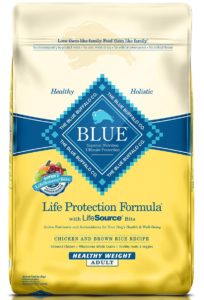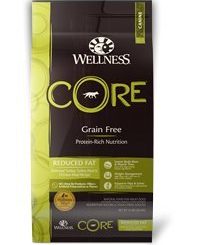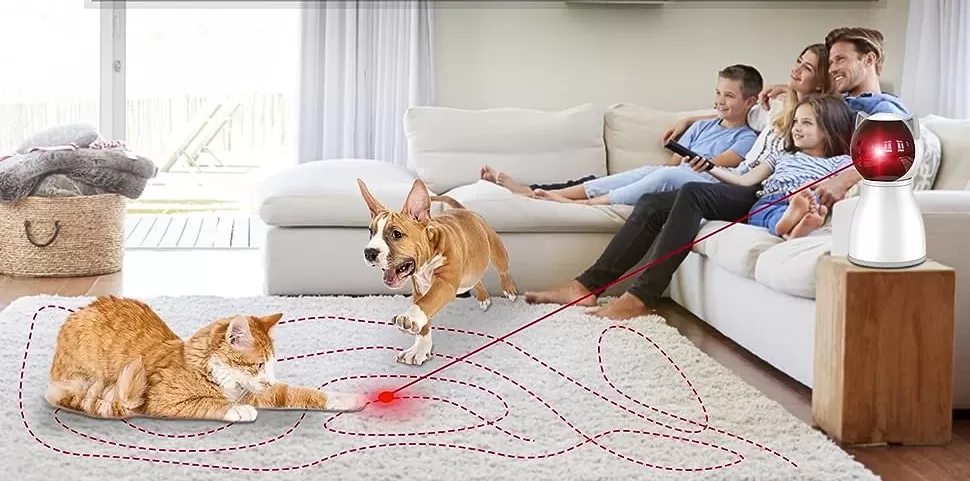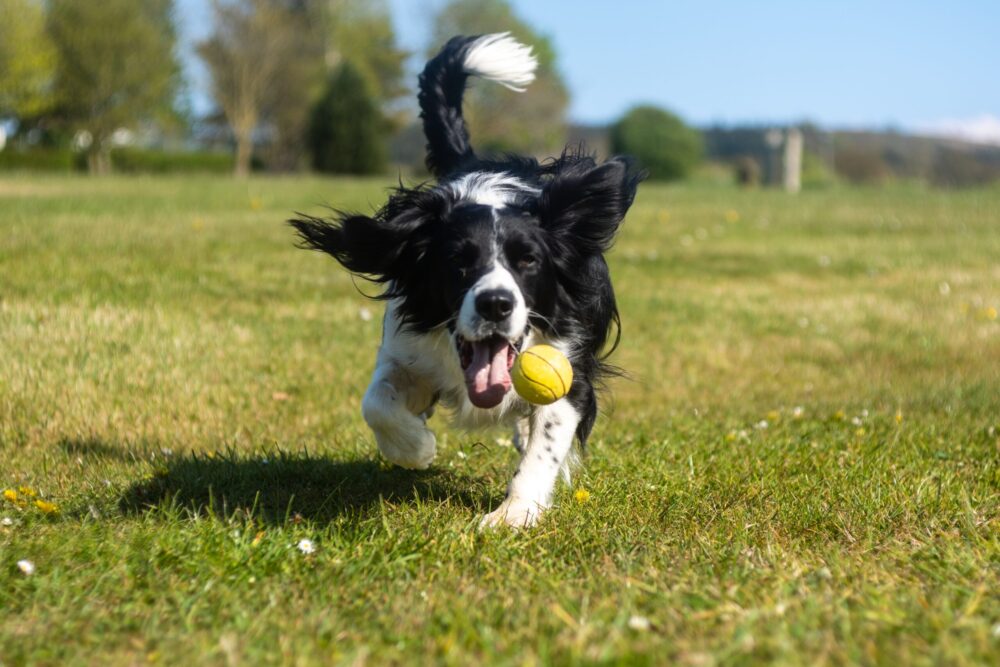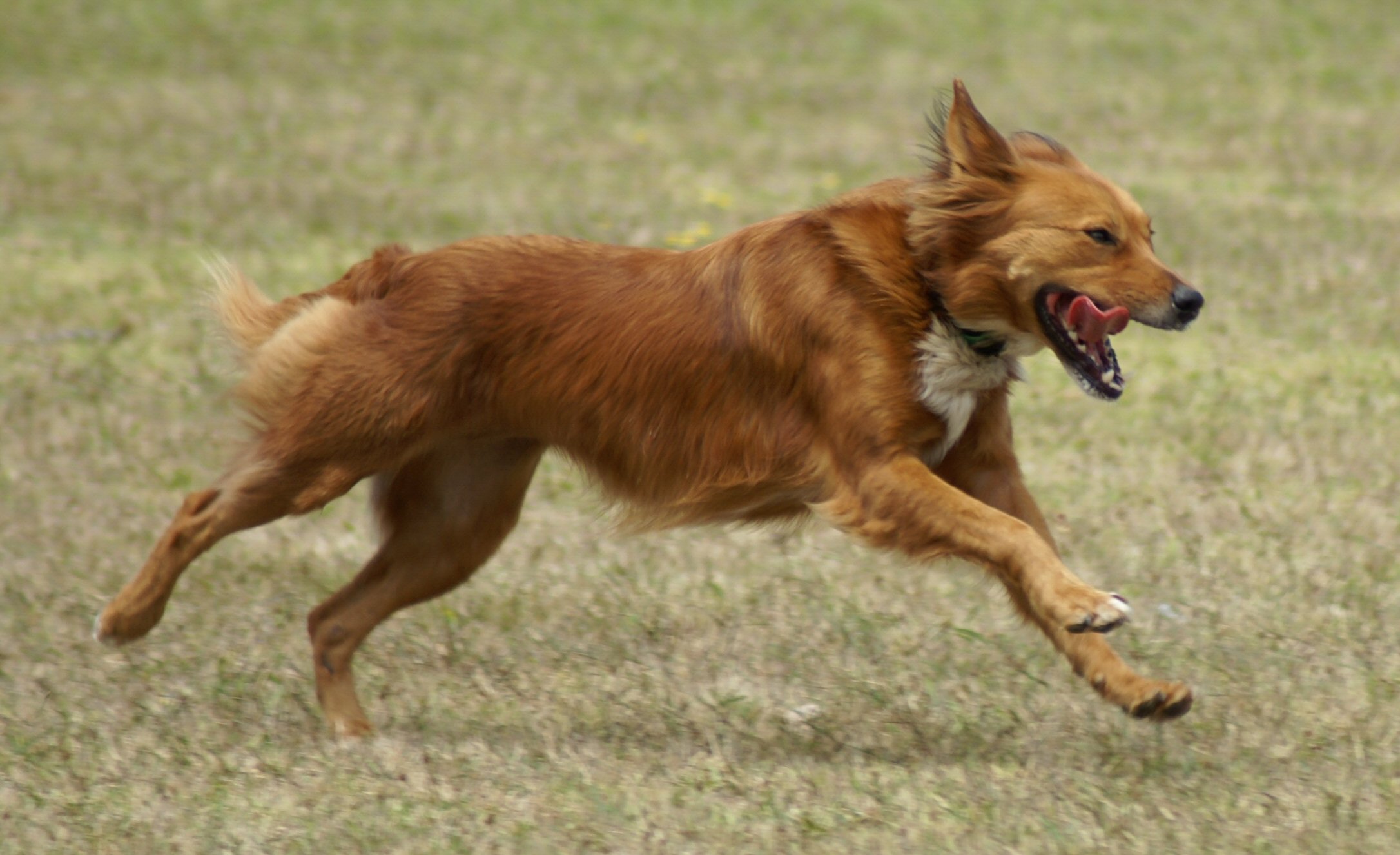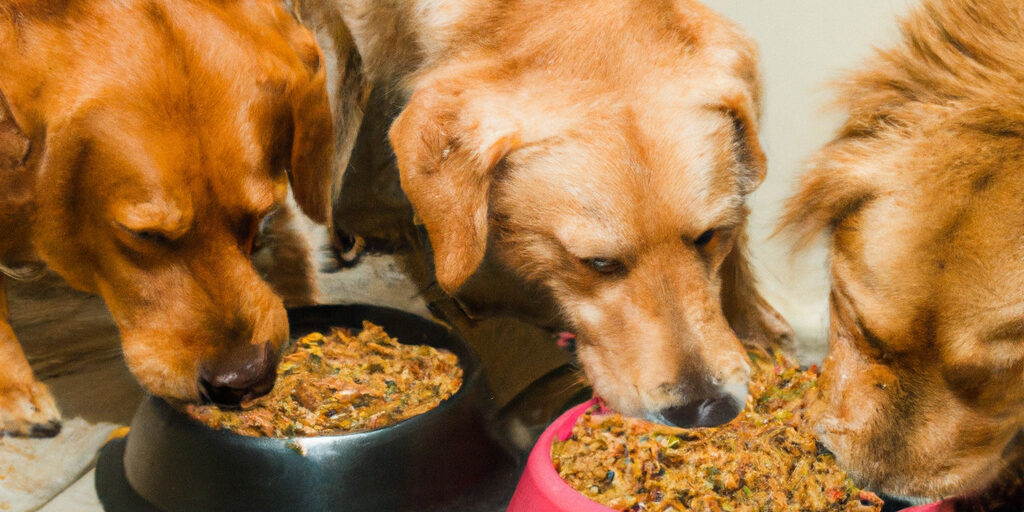Last Updated on November 7, 2023
In previous articles, we have talked about the top 10 inactive dog breeds. We have also emphasized on the importance of not over exercising your dog. Even with these 2 information, you will also need to know about the proper food that you should feed your inactive dog. In this article, we will be reviewing some of the food for inactive dogs.
Food For Inactive Dogs
You may wonder why the need to review food for inactive dogs. It is pretty simple. Imagine in human context, comparing the food intake for a couch potato and that of an athlete, do you think both should eat the same amount and same type of food? The answer is a no. The athlete is constantly active, and hence the amount of food and nutrients that he needs will be more than the needs of the couch potato. This works the same way for animals too.
We would have to watch the inactive dog’s calorie intake. Statistics show that over 50% of dogs in America are obese. Before you decide to make any drastic change to your dog’s diet, do seek professional advise from vets. Your dog might have some illness that you are unaware of, and they might need specific diets. Before we do the product reviews for food for inactive dogs, let us visit some of the reasons for that inactivity, and what measures we can do to help them out.
Reasons for inactivity
There are some reasons at which can be the cause of the inactivity in your dog. One of the more obvious reasons is the type of breed itself. In a previous article, we compiled a list of the top 10 inactive dog breeds. These dogs are usually family oriented dogs who really prefer to snuggle at home instead of running about, hence their food intake has to be different from active dog breeds.
Also, older dogs tend to be less active too as their body conditions don’t allow fast recover from activities, much like us humans too.
Their weight can be a cause for their inactivity. Unlike humans, overweight dogs cannot have an epiphany one day and decide to exercise all by itself. If they are overweight, they tend not do anything and just carry on its daily routine without exercising at all.
Underlying medical conditions can be one of the key reasons too. This is oblivious to many owners, as they do not bring their pets to the vet frequently. Some of the dogs may have metabolic illness that restricts them from working too hard. One condition that 20% of all dogs will contact is osteoarthritis, or commonly known as OA. OA creeps slowly as time passes, and the initial symptoms might not be too obvious to the owner too.
If your vet has determined that the weight of the dog is causing it to be inactive, then you can implement some measures to get it back to shape. One of the ways is to reduce the amount of treats that you give them. As a guideline, treats should never exceed more than 10% of the dog’s recommended calorie intake. Feed your dog with kibbles that has reduced-calories. Also, you can feed your dog lesser food during their normal mealtimes. However, do note not to starve your dog. Follow the recommended calorie intake!
What type of dog food is best for inactive dog breeds
When it comes to feeding inactive dog breeds, it’s important to keep in mind that these dogs have a lower energy expenditure compared to active breeds, so they don’t require as many calories in their diet. A diet that is lower in calories will help prevent weight gain, which can lead to health problems such as joint issues, diabetes and heart disease.
A high-quality, balanced, and nutrient-dense diet that is formulated for adult maintenance is appropriate for most inactive breeds. This type of diet should contain a balance of protein, fats, and carbohydrates, as well as essential vitamins and minerals to support overall health. It is important to choose a diet that is made with high-quality ingredients and that is free from fillers and by-products.
For older inactive dogs, a senior dog formula that is designed for dogs with decreased activity levels is recommended. Senior dog diets typically contain a reduced amount of protein and fat and are formulated with added nutrients to support joint and organ health as dogs age. In addition to choosing the right diet, it’s also important to monitor your dog’s weight and adjust its food intake as needed.
As a quick summary to what we have mentioned above, here are the common reasons behind the needs of infacgive dogs.
- Balancing Protein and Calories
Protein is an essential component of a dog’s diet, and it becomes even more critical for inactive dogs. Opt for high-quality, lean protein sources like chicken, turkey, or fish. These proteins help maintain muscle mass and provide the necessary energy for bodily functions without contributing to excess weight.
- Embracing Nutrient-Rich Ingredients
Incorporating nutrient-dense ingredients like sweet potatoes, broccoli, and carrots can help meet your dog’s vitamin and mineral requirements. These ingredients also add fiber, which aids in digestion and prevents constipation, a common concern in less active dogs.
- Monitoring Portion Sizes
Maintaining an appropriate portion size is key to preventing weight gain in inactive dogs. Consult your veterinarian to determine the right serving size based on your dog’s age, breed, and specific health needs. Remember, portion control is the key to a healthy, inactive dog.
- Hydration Matters
Inactive dogs might be less inclined to drink water, so it’s vital to monitor their hydration. Always ensure a fresh, clean water source is available to them. You can also incorporate wet dog food into their diet to boost moisture intake and maintain proper hydration.
Having said that, if your dog is inherently lazy, then perhaps you should find food for inactive dogs. This category of food for inactive dogs ensures that your dog eats a full meal, yet at the same time fulfills the calorie limits. We will recommend kibbles with a calorie content of fewer than 400 calories per cup, and also kibbles with below-average fat content in them. We would also recommend food that is high in protein, as it is very common to have reduced muscles during dieting, and protein helps to minimize that. The list below will be updated periodically.
Purina Pro Plan Dry Dog Food, Savor, Shredded Blend Adult Chicken & Rice Formula
This bag of kibbles is made from high-quality protein, and it lists chicken as its first ingredient. It has Vitamin A and the all-important omega-6 fatty acid, which ensures that your dog’s coat will be smooth and shiny, It has low-fat content at 16%, and the calorie content by cup is 382 kcal, which makes it an optimum food for inactive dogs.
Many pet owners claim that their dog’s stool doesn’t smell as bad as compared to other dog food, and also the amount of stool is getting lesser even with the same amount of food that the dog is eating. This simply means that the dog is absorbing all the nutrients! Highly recommended by us!
Pros: High quality ingredients. Lesser stool.
Cons: Not for dogs who cannot take chicken meat.
Our Rating: [usr 4.8]
NOW! 152348 Fresh Grain Free Senior Dog Food
This is an underrated food for inactive dogs. The only reason why it is labeled as “for seniors” is because seniors are inactive, hence they need the proper nutrients to keep them going. The calorie content for this is 341 kcal/cup. The fat content is at 10% minimum, which is even lower than that of Purina’s Pro Plan Dry Food.
In addition, it actually has L-Carnitine, which helps to support heart health, and it speeds up the fat burning process! The omega oil levels are high, hence it does help to promote the skin and coat health. The stool is guaranteed to be firm and hardy, so it means less mess in the yard.
Pros: Contains L-Carnitine, which helps to promote heart health. Good for elderly dogs.
Cons: None.
Our Rating: [usr 4.9]
Blue Buffalo BLUE Adult Dog Healthy Weight Chicken & Brown Rice
Blue Buffalo is a very popular brand that vets usually recommend. The calorie content is only at 322kcal/cup, and the fat content is also very low at 9%. Owners have reported that their dogs simply love this, and they refuse to consume any of their old food at all.
In addition to that, since they use premium quality ingredients, there are no fillers being used, hence the least chance of getting an allergic reaction. This is in fact recommended by my circle of friends. They feed their dog this premium product, and they have never looked back since.
Pros: No fillers in ingredients.
Cons: Low fat content might not appeal to skinny dogs.
Our Rating: [usr 4.7]
Wellness CORE Grain Free Reduced Fat Turkey & Chicken Natural Dry Dog Food
Earlier, we did a review on one of the variants of this range too. This dog food for inactive dogs is grain free and contains natural products. It is very popular on Amazon, and it is well known to help owners manage their dog’s weight.
The calorie content is 350 kcal/cup, and the fat content is only at 9%. Do note that if your dog has pancreatitis, they cannot eat kibbles that have a high fat content. The protein content is high at 33%, which is good for conserving muscle mass during the whole process of dieting.
Pros: High in Protein content.
Cons: Highest calorie content of all the food that we reviewed.
Our Rating: [usr 4.8]
Conclusion
There are many of the proper dog food that you can get for your inactive dogs. If you need more justification why you can read more here.
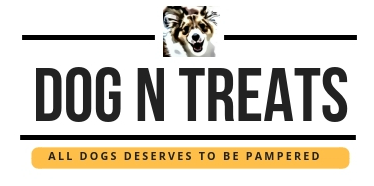 Dog N Treats All dogs deserve to be pampered
Dog N Treats All dogs deserve to be pampered

